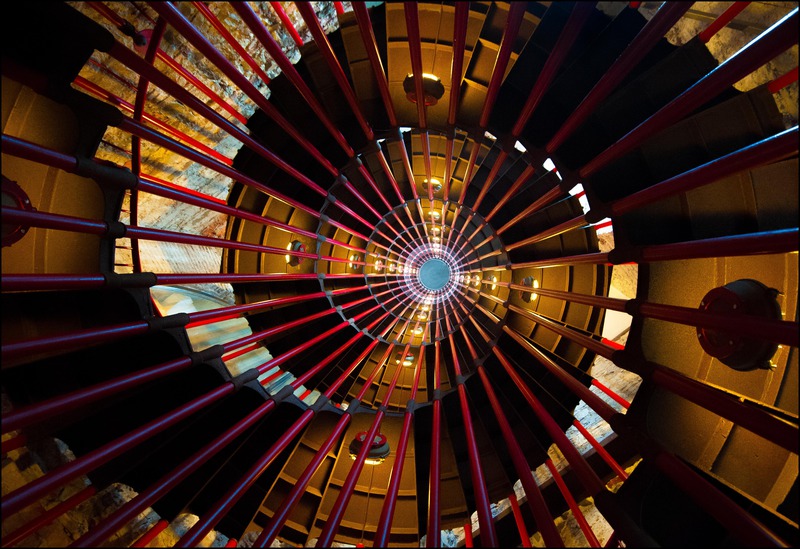For decades, we’ve understood the structure and function of DNA. But this immensely powerful knowledge has led to surprisingly few practical breakthroughs. Our ability to alter the genomes of living things has been painfully limited, progress frustratingly slow and elusive. However, that all may be about to change, thanks to a new technology taken from nature: a genetic system called CRISPR.
CRISPR was an initially-mysterious string of repeating DNA sequences, discovered in bacteria decades before we understood what it did. It turned out to be an adaptive immune system of surprising sophistication that bacteria use to defend themselves against virus attacks. When a virus invades a bacterial cell, enzymes from a protein family called Cas (short for “CRISPR-associated protein”) grab snippets of genetic material from the virus, cutting and pasting them into the bacteria’s own genome. If it encounters the same virus again, that stored sequence can be used as a guide for a sophisticated, programmable DNA-editing enzyme called Cas9. Primed with the viral DNA, Cas9 can recognize an invader with the same sequence and snip it to pieces.
It turns out that these proteins work just as well in eukaryotes like us, but rather than using them solely as an antiviral defense, we can repurpose them for our own uses. By priming Cas9 with a guide RNA sequence of our choice, we can turn it into a general-purpose tool to recognize and snip out any genetic sequence. And once a gene is cut out, it’s easy to stitch in new sequences in its place.
Before CRISPR, DNA editing was a cumbersome, expensive and labor-intensive process. One of the leading techniques was the “gene gun” – literally shooting tiny particles coated with DNA into cells, in the hope that the DNA would lodge somewhere useful. Another was using microscopic needles to inject DNA into one cell at a time. With these clumsy techniques, creating a viable genetically modified organism could be the work of an entire Ph.D thesis. With CRISPR, a lab assistant can do it in a matter of days with off-the-shelf components.
The discovery of CRISPR has led to an explosion of potential applications. Scientists say they feel like kids in a candy store – an urgent rush of discovery, thousands of promising avenues to explore and only so many hours in the day to do it:
“There’s an almost frantic feeling of discovery,” one scientist told me. “Crispr has made so many experiments possible — it’s like standing in a candy store and knowing that you can choose just three things. Meanwhile, there are a thousand more experiments that you wish you could try, if only you had the time.”
When we can rewrite the code of biology, the potential is limitless. We could create genetically modified mosquitoes that can’t transmit malaria. Food crops that millions of people depend on could be engineered to grow faster, to produce more protein or other vital nutrients, to resist diseases and parasites, to tolerate frost, salinity or drought. We could create far better lab-animal models of human diseases. Pigs or other animals could be engineered to express human antigens so that their organs could be transplanted into people. Bacteria could be made to break down plastics and toxic industrial chemicals. And, of course, we can use CRISPR for its original purpose – fighting viruses – as one paper suggests it’s possible to use it to cure HIV.
The ultimate frontier is human genetic modification. By using CRISPR on embryos, we could cure terrible inherited diseases like sickle-cell anemia, cystic fibrosis, fibrodysplasia ossificans progressiva, or epidermolysis bullosa. We could shut down cancer and modify immune cells to combat diseases they’re usually incapable of resisting. We could even, if we dared, add genes for beneficial mutations already known to exist in the human population. What if we modified embryos to give them the genes for Apo AI-Milano or tetrachromatic color vision?
Every new technology presents ethical challenges, this one more than most. I take it for granted that wiping out deadly genetic disorders ought to be uncontroversial, but what if CRISPR is used to select or to improve, rather than just to cure? How can we justify modifying the DNA of a human embryo that can’t consent? And how can we be sure of the potential consequences, when any modification we introduce into an individual’s genome will be passed down to all their descendants?
It’s not just the prospect of the rich creating designer babies that should concern us. The very ease of CRISPR, the thing that makes it so powerful, also makes it dangerous. In one experiment, CRISPR was used to introduce genetic modifications into mice by packing primed Cas9 enzymes into an inhaled virus – but that same technique would have worked equally well on humans. The prospect of some would-be terrorist creating new biological weapons in a garage is a very real possibility.
The promise of this technology is too great to give up, even if it were possible to recork this bottle, which it isn’t. But as our ability to hack our own biology grows greater – whether it’s CRISPR, cloning or something else – we’re going to face some serious collective decisions about how to use it wisely.
